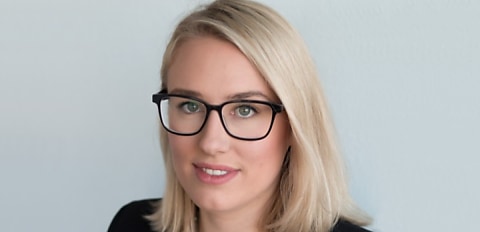The latest CoreLogic Million-Dollar Markets report revealed that 29.3 per cent of the 4,772 suburbs analysed now boast a median value at or above $1 million, an increase from a low of 21.7 per cent in January 2023 when values stabilised following the start of the rate-tightening cycle.
This current figure exceeds the previous market peak of 26.9 per cent seen in April 2022.
CoreLogic economist Kaytlin Ezzy said: “At the onset of COVID, just 14.3 per cent of house and unit markets had a median value at or above the $1 million mark.
“With almost 30 per cent of suburbs now posting a seven-figure median, the increase is a natural consequence of rising values and worsening affordability.”
Over the past year, the number of million-dollar markets has grown by 18.5 per cent or 218 markets.
A year ago, 1,057 suburbs recorded a median house value of at least $1 million, alongside 122-unit markets with a seven-figure median value. Those figures have risen to 1,257 and 140, respectively.
While growth has primarily benefited midsized capitals, Sydney remains at the forefront of the million-dollar market, with a median dwelling value of $1,180,463.
The city recorded the highest net rise in million-dollar markets over the year, adding 46 new suburbs to the club. Brisbane also saw a net increase of 46 million-dollar markets, driven by a 15 per cent rise in dwelling values.
“The positive flow of interstate migration, coupled with a continued undersupply of advertised listings as well as newly built housing stock, has seen Brisbane values rise 65.1 per cent since the onset of COVID,” Ezzy said.
“Such a significant increase in home values has eroded much of the city’s previous affordability advantage, with Brisbane now having the second highest median dwelling value ($875,040) among the capitals.”
Perth followed closely with 35 new entrants and one re-entrant to the million-dollar club.
However, Ezzy said: “Despite recording the highest annual rise in dwelling values among the capitals and rest of state regions, Perth’s relatively low starting point resulted in fewer new seven-figure markets compared to Sydney and Brisbane.”
Conversely, Melbourne and regional Victoria experienced a decline in dwelling values, falling by 1 per cent over the year.
Ezzy said that an unfavourable investment taxation environment, a higher level of new housing completions, and an above-average level of advertised supply have applied downward pressure on values, leading to fewer new million-dollar entrants in Melbourne and a net decline across regional Victoria.
At the national level, the quarterly growth pace has eased significantly, dropping from a 2.0 per cent increase over the three months to April to 1.3 per cent over the three months to August.
“While the pace of growth has started to ease, and growth conditions have become more diverse from region to region, it’s unlikely we’ve seen the peak in the number of million-dollar markets,” Ezzy said.
As of August, there are 24 suburbs (20 houses and four units) with a median value above $990,000 that are currently experiencing positive quarterly value growth.
“It’s likely we’ll see a number of these markets cross the million-dollar threshold within the next few months,” Ezzy said.
Despite the increase in million-dollar markets, affordability remains a pressing concern. Borrowers are now dedicating more of their income to mortgage servicing.
With an $800,000 loan balance (assuming a 20 per cent deposit) and the current average variable mortgage rate for new owner-occupiers (6.28 per cent), a household would need an annual income close to $200,000 to keep repayments on a $1 million home under 30 per cent of their income.
This marks an increase from the approximately $125,000 required prior to the first interest rate hike.
[RELATED: FHBs face 99% surge in deposit sizes]

